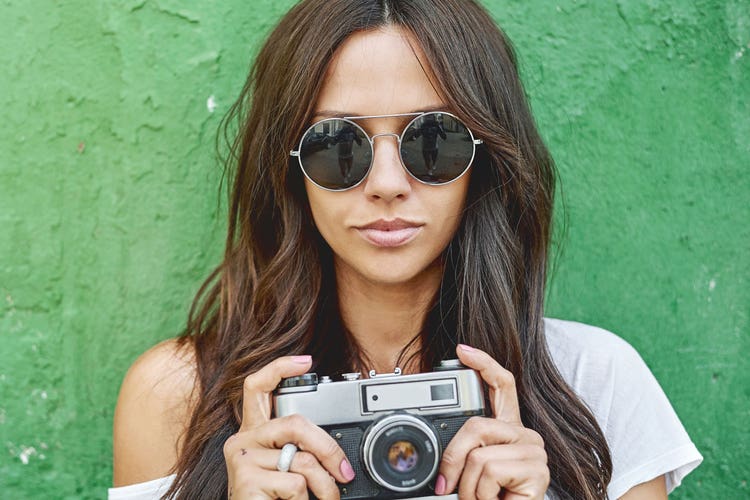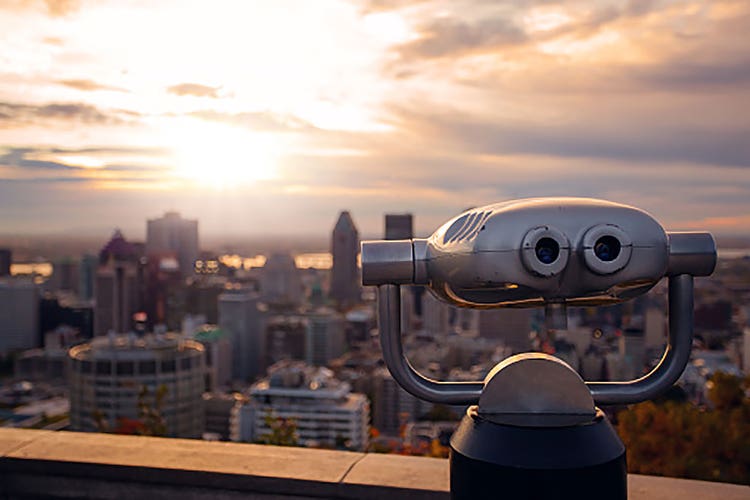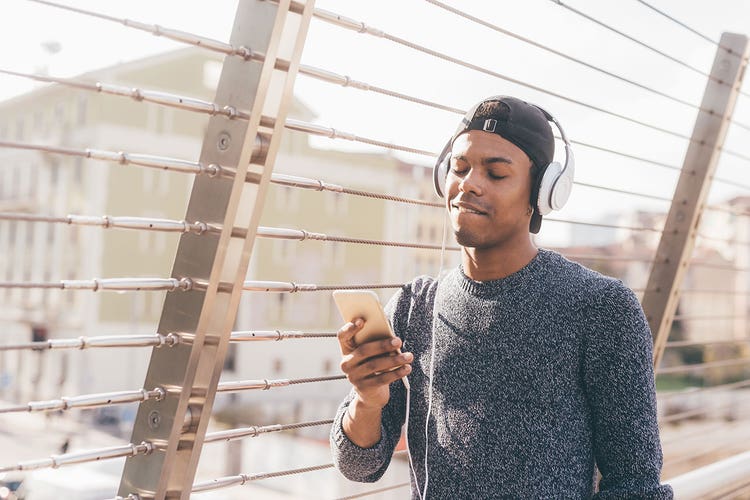Make Your Space

You can use sound, among other things, to make a space that supports discovery.
Creative people understand the value of thinking outside the box. At its most basic level, creativity implies the art of borrowing from disparate disciplines and rearranging the pieces to create a new product. You might be able to trace the varied elements of its origins, but the approach is fresh, novel and inspiring.
Researchers are always investigating means to enhance creativity, new approaches that individuals can use to boost their creative output. A few recent studies offer clues into cultivating creativity.
Take a walk

Incredibly, it appears that walking and creativity developed together. Stanford’s Marily Oppezzo and Daniel L. Schwartz wanted to know if the brain-body connection offered by walking alone is enough to kick-start the creative juices. They discovered the answer is yes.
Their team conducted a number of experiments to better understand how walking affects creative thinking. In the first, participants completed two tests while seated and then while walking on a treadmill (to factor for environmental influence). In the next, they were tested while seated and then walking, walking and then seated, and seated twice. In the third experiment, they walked outdoors, and in the fourth, a variety of situations were tested: sitting inside, walking on a treadmill, walking outside, or being rolled around in a wheelchair outdoors.
While reams of research exist on the topic of creativity as related to cardiovascular performance, the Stanford team wanted to know if our simplest form of locomotion was similarly influential. They found that walking indeed encourages creativity. In three of the studies above, the numbers were profound: 81 percent, 88 percent, and 100 percent of participants were more creative when walking, including on the treadmill, rather than sitting.
While exercise is perceived to be inspirational, the researchers believe less-strenuous activity like walking opens up creative pathways between body and brain. Performing beyond your “natural stride” (as in running) is cognitively demanding, they write, while one’s natural gait allows the brain’s default-mode network to kick in. Even cardio junkies may want to slow it down if they need to tackle challenging and creative projects.
The value of symbols
We all know that words matter, but what about symbols? Given the pervasiveness of communication through symbols like emojis, do common cultural symbols affect creative thinking? That’s what researchers aimed to find out when briefly exposing over 300 students to the Apple and IBM logos. By design, Apple wants its brand to suggest creativity, whereas IBM has long been a stalwart of responsibility and integrity.
After subliminally exposing students to each logo, researchers administered the unusual-uses test, a measure for creativity in which subjects are shown an everyday object to test how many different applications they can dream up. Sure, a paper clip binds papers, but would someone imagine it as an earring? One measure of the test is that the application must be realistic—circumnavigating the planet flying on a magic clip is not an acceptable response.
As it turned out, the students who were exposed to the Apple logo scored higher. Exposure to the symbol for less than a tenth of a second inspired their brains to think more creatively. Think about that when structuring your creative work space. What you surround yourself with matters.
Ways of seeing

Creativity is associated with ways of seeing, to borrow a phrase from John Berger, but could our actual visual perception affect creative output? That’s what three Australian researchers wanted to know. Trading course credit for their time, 134 undergrads at the University of Melbourne were tested on binocular rivalry. Using a guide to five major personality traits, the researchers were especially interested in openness, which “predicts real-world creative achievements, as well as engagement in everyday creative pursuits,” according to the study.
Two different images—in this case, a green patch and a red patch—were simultaneously presented to each eye of the participant. In some cases, “rivalry suppression” occurred, in which both images seem to blend to form one patchwork image. The researchers concluded that open-minded people actually see things differently: “Across three experiments, we found that open people saw the fused or scrambled images for longer periods than the average person. Furthermore, they reported seeing this for even longer when experiencing a positive mood state similar to those that are known to boost creativity.”
So creative is not only a way of being but also a discipline. You cannot isolate your mental processes from your environment. By the same logic, your environment greatly influences your thoughts. Creativity is only one example of how we process stimulation, but it proves to be an important one for both survival and sheer enjoyment. If you want to be more creative, you have to open your eyes to the world around you. Walking around with your eyes fixed on a screen is not helping your creativity because environmental stimulation is a necessary ingredient.
A creative soundtrack

Good storytellers find a unique voice to present their art in fresh ways. This is the case for Fantastic Negrito, Sage the Gemini, Anderson .Paak, and Mura Masa, which features A$AP Rocky carrying the narrative. Talib Kweli completes the creative bard section, though his track, produced by 9th Wonder, is a bit of fusion, linking hip-hop with gospel—something Kweli has done before on his hit “Get By.”
The rest of the playlist features artists inventively merging styles. Thornato is taking tropical music to new heights with his unique ear for “mind tempo” dance and shamanistic woodwinds. The Spy From Cairo has long fused Middle Eastern music (via his outstanding oud playing) with reggae and electronica. Bonobo’s always all over the map but has never sounded better than his Gnawa-inspired track.
The Moroccan folk music Gnawa is also combined with Afrobeat on the following track as the legendary Maalem Abdallah Guinea works with French Afrobeat outfit Fanga. Soul singer Gregory Porter is remixed by Ludovic Navarre, aka St. Germain, who recently trained his sights on Mali. Speaking of Mali, Vieux Farka Touré put out a uniquely beautiful record with American singer Julia Easterlin. Closing the set is the San Francisco–based Ethiopian artist Meklit, who is integrating the music of her homeland in invigorating new ways.
Photo credits (in order): paultarasenko, Adobe Stock; Syda Productions, Adobe Stock; Leigh Prather, Adobe Stock; Thinnkstock Matt277